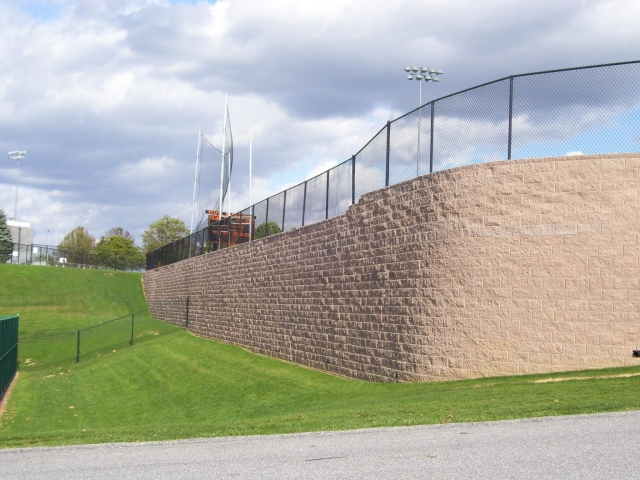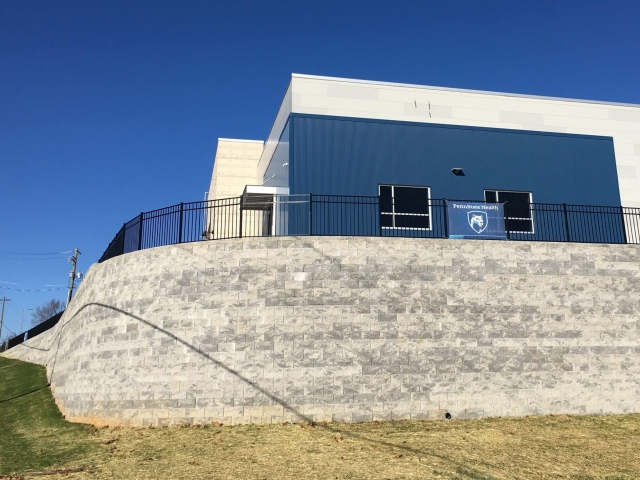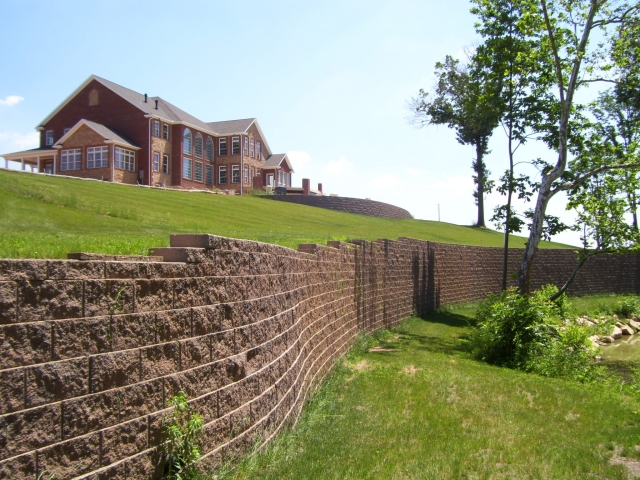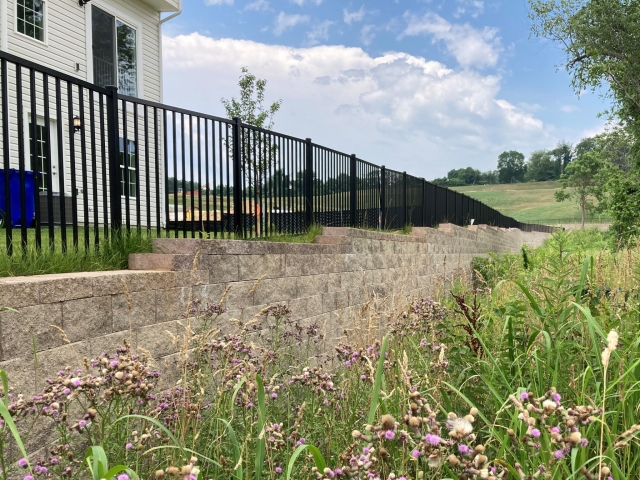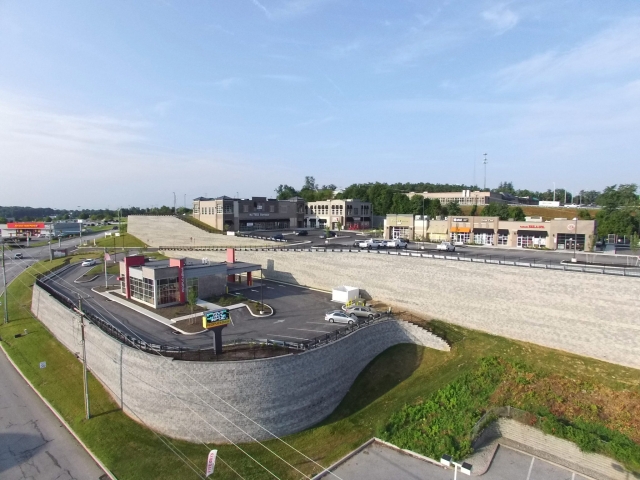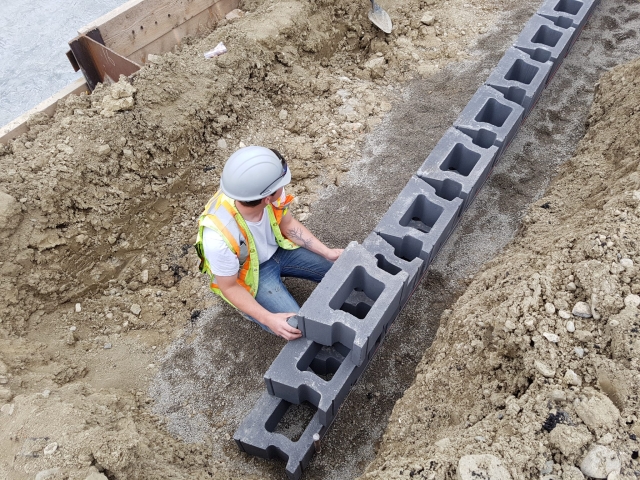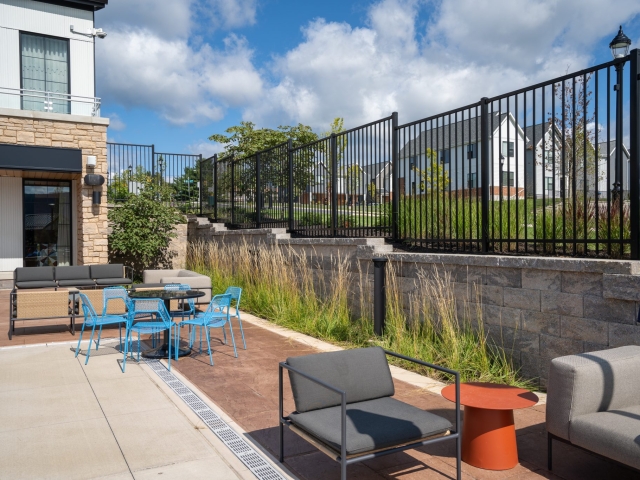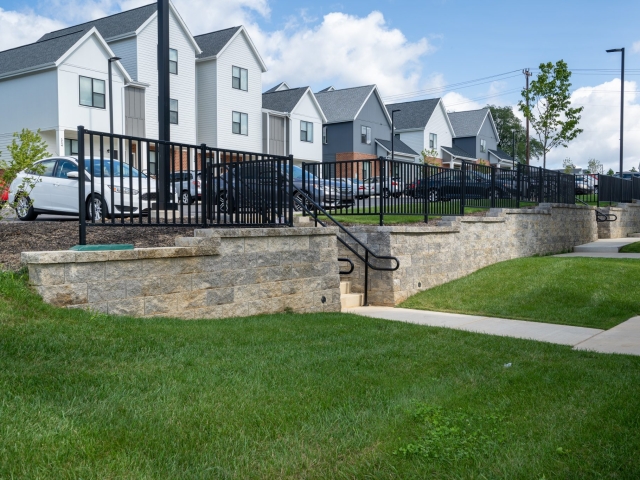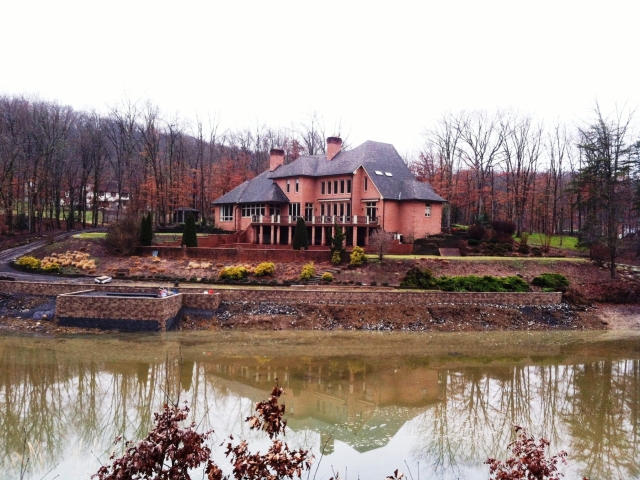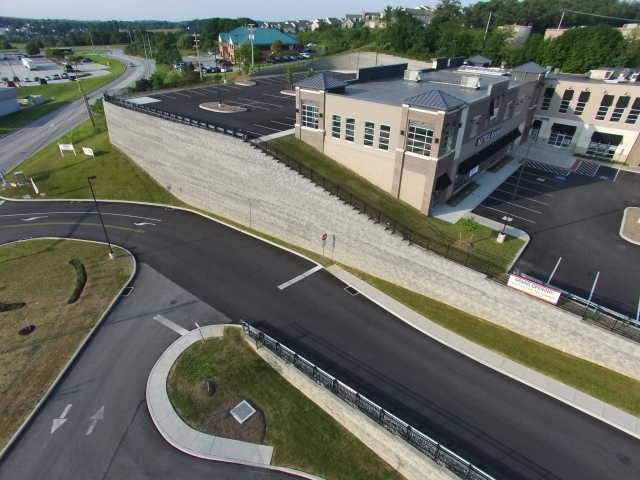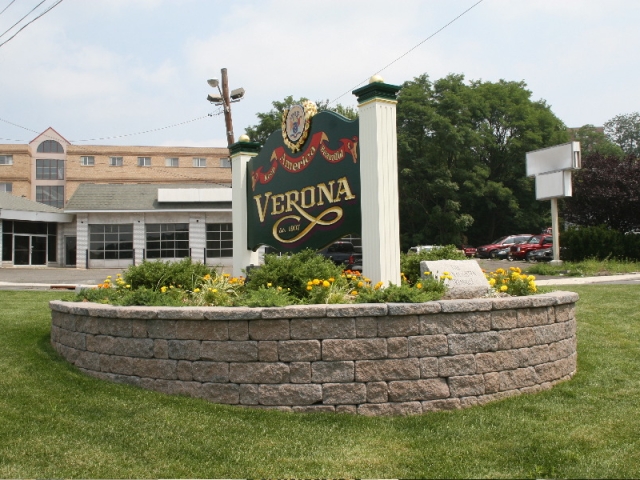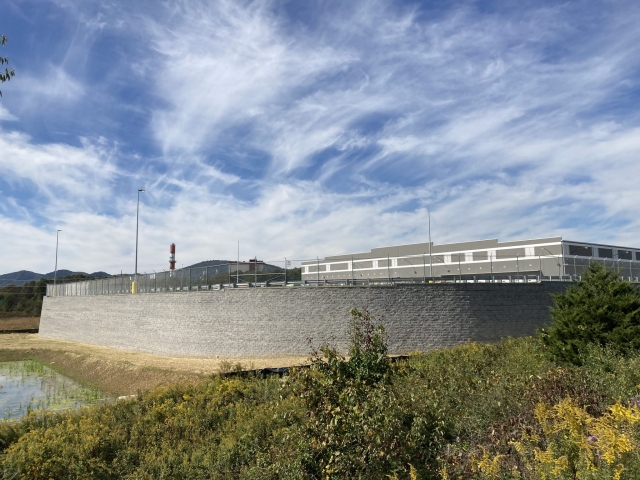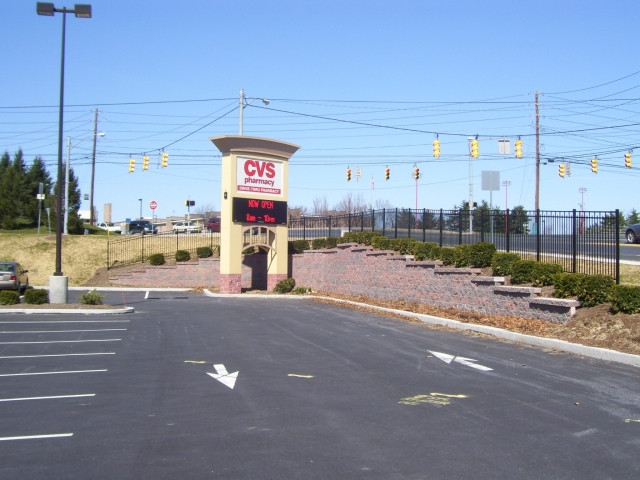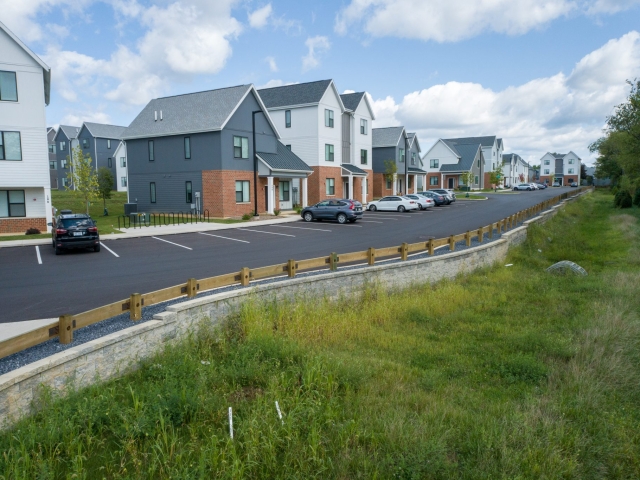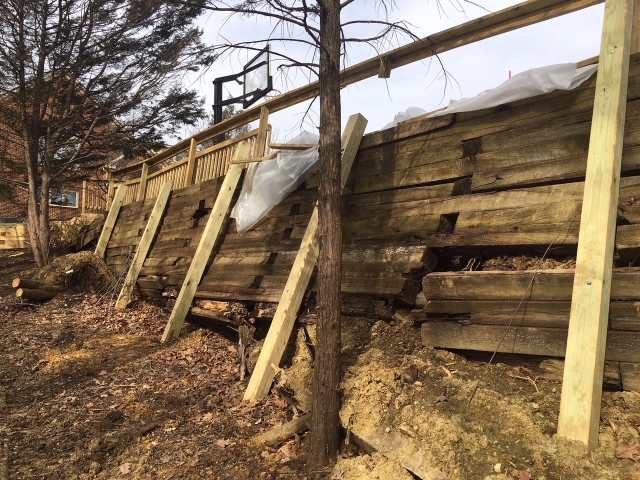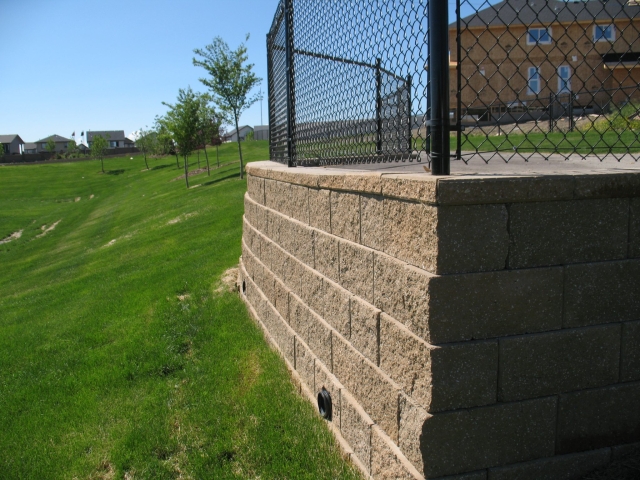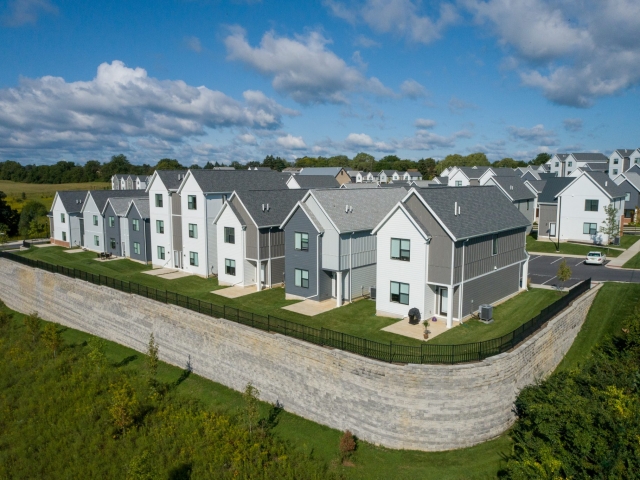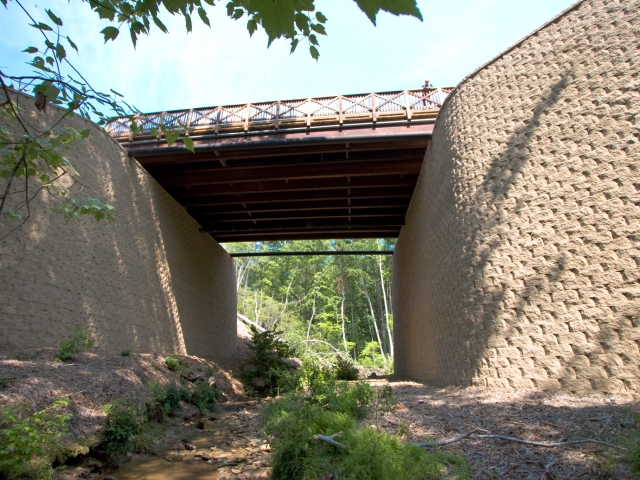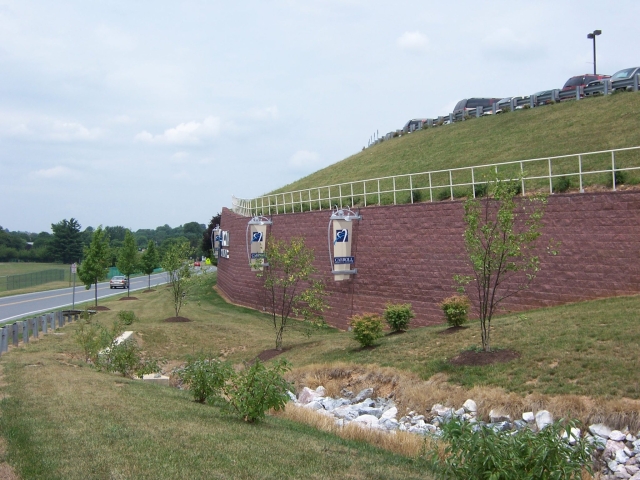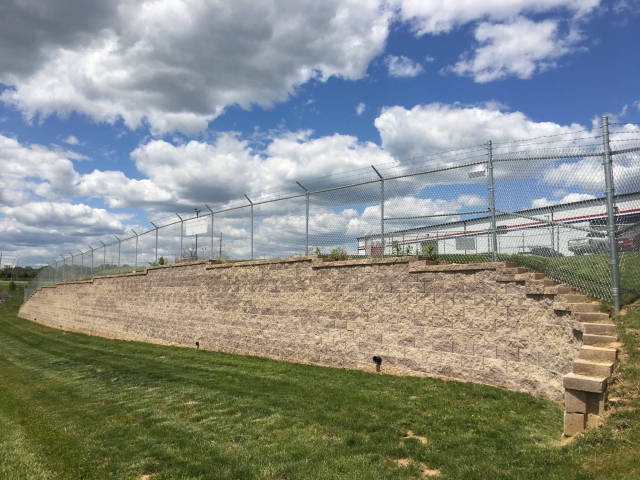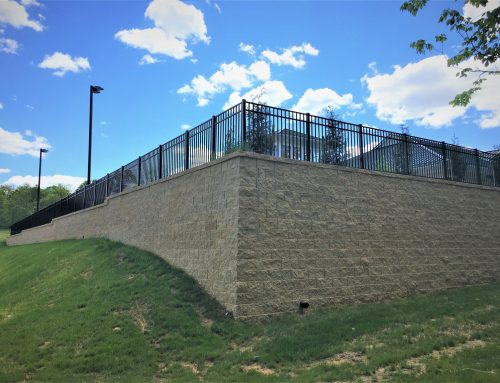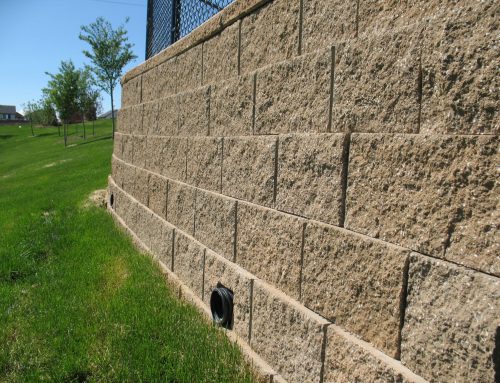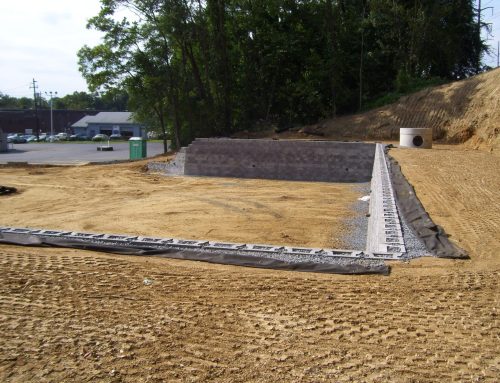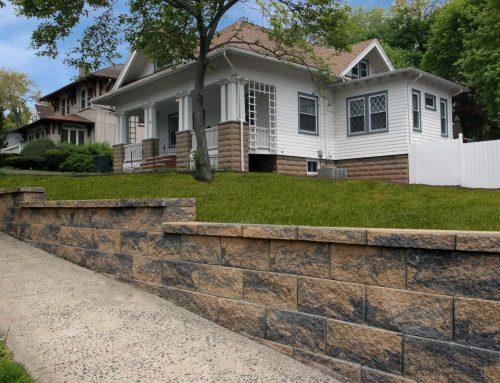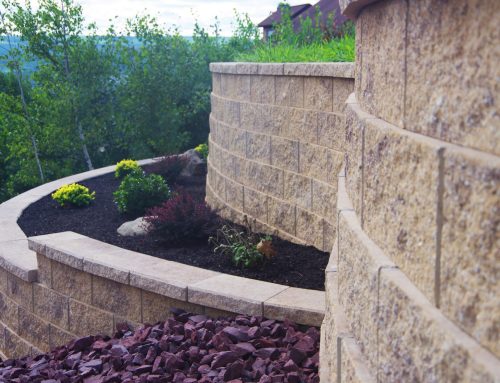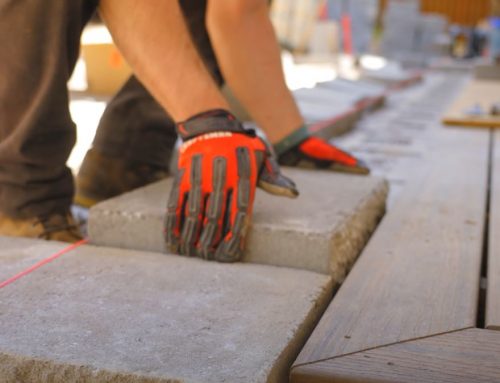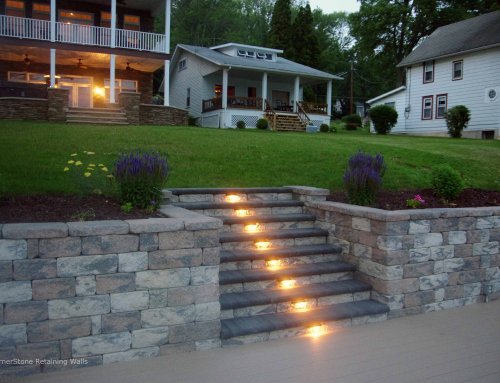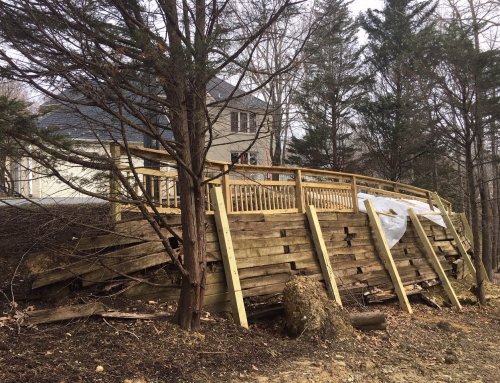Searching for creative, versatile soil retention and erosion prevention solutions can be time-consuming for civil engineers. In a perfect world, building material options would be easy to design with, quick to install, require no maintenance, safely last for decades, and have a measurable, sustainable impact that benefits the environment.
Segmental retaining wall (SRW) units are called interlocking concrete blocks for retaining wall structures and soil reinforcement. Roadway infrastructure, commercial properties, and residential neighborhoods depend on SRWs to drive the safe construction of amenities within our communities and facilitate crucial land developments for the future.
Let’s delve into why block retaining walls deliver sustainable soil retention solutions for today’s most common and advanced civil engineering applications.
Prominent Benefits of Building with SRW Concrete Blocks
Concrete retaining wall blocks are not new to the construction industry, far from it, in fact. Companies like CornerStone Wall Solutions have been designing and improving retaining wall designs as an industry leader for over 30 years with signature block designs like the CornerStone 100 system.
CornerStone 100’s advanced and sustainable hollow core block design has helped it stand the test of time as a trusted product and a durable building material for civil engineering applications. SRWs like this can transform outdoor spaces, build exemplary designs, adapt to sophisticated projects, and jive with the aesthetic qualities of natural landscapes.
The core advantages of SRW concrete blocks for civil engineering include the following:
- Durable Blocks for Structural Stability
- Versatile Design Capabilities
- Simplification of Project Planning and Logistics
- Ease of Installations
- Strength of Engineered Block Designs
- Block Facings’ Aesthetic Appeal
- Environmental Impacts
Durable Blocks for Structural Stability
Concrete block retaining walls’ inherent, long-lasting composition speaks volumes with a rich history of building upstanding applications. Resistant to daily wear and tear, SRWs continue to impress landowners, developers, and civil engineers by requiring minimal repairs or maintenance over the years.
Versatile Design Capabilities
Have sloped properties with varying base elevations, or want to style a retaining wall with tiers, tight curves, and corner elements? Block retaining walls can be designed and built to fit the vision of project planners. Tall concrete walls, landscaped features, and soil erosion control projects can comfortably be designed as needed. Customize your wall with different textures, colors, and finishes to blend with its landscape.
Simplify Project Planning and Logistics
The prolonged, complicated process of scheduling and constructing CIP (cast-in-place) retaining walls can be tremendous. CIP walls often require 3 separate crews to complete the job. The first crew does the forming; the second crew performs rebar installation and bending; then the third crew finally pours concrete. The forming crew then returns and removes all of the forming. Schedule alignment, labor, and cost are all huge factors. Block retaining walls are typically built with one crew, making logistics easier to coordinate.
Ease of Installations
Block retaining walls are relatively simple to install, even for projects that require significant excavation and support. They can efficiently be built thanks to the block features, like CornerStone 100’s SecureLugs, which eliminate the need for pins and streamline installation. With proper planning and preparation, block retaining walls can expedite anticipated project completions.
Strength of Engineered Block Designs
The perpetual resilience of strength-tested, engineered concrete blocks can overcome considerable design challenges. Combined with geogrid, SRWs can build remarkable reinforcement structures, including base elevation changes, stormwater considerations, and severe pressures from above the wall. Properly installed block systems can build strong retaining walls to withstand continuous active loading.
Block Facings’ Aesthetic Appeal
The functional performance of retaining walls for civil engineering is paramount, but a mix of performance and beauty can deliver stunning concrete walls. Customize your concrete blocks with different textures, colors, and finishes to blend into their local landscape. SRW systems offer a variety of patterns and facings for a fresh look that stands out from cast-in-place walls.
Environmental Impacts
SRW block designs have minimal environmental impact compared to alternative options, helping engineers earn LEED credits for sustainably eco-friendly projects. The blocks are made of natural materials and can be deconstructed and recycled for other uses. Filled with crushed gravel for extra mass and exceptional drainage, hollow core blocks increase a retaining wall’s longevity.
Civil Engineering Applications for Block Retaining Walls
We know the primary purposes of retaining walls are soil retention, erosion management, and improvement of safety and aesthetics. So, what are the practical applications of concrete block walls, and where can civil engineers use them?
Residential & Public Space Landscaping
Housing developments and public recreation spaces are familiar locations for concrete block retaining wall applications. The uneven terrain and slopes of new neighborhoods can be converted into level surfaces with retaining walls. Concrete block walls can separate residential yards and build waterfront boat docks and raised patios.
Block retaining walls give parks, off-leash dog areas, and athletic fields a prominent, landscaped look with applications for enclosed perimeters, terraced planter retaining walls, raised gardens, or bench seating. Aesthetic landscaping walls optimize and expand green space for kids and pets to play while promoting efficient circulation to guide foot traffic through public parks and walkways.
Commercial Developments
It’s rare for new shopping and business complexes, golf courses, and warehouses to find adequate development space on flat land. One of the most common commercial property applications for concrete block retaining walls is parking structures, where they support active loads and redirect drainage runoff. The blocks can also be used to build and promote further accessibility by constructing pedestrian ramps and outdoor steps.
Retaining walls are necessary to extend properties along hillsides and reinforce soil for large business structures. SRWs deliver slope stabilization for commercial construction and can bring properties to life through landscaped garden features or tasteful business signage displays along entranceways and parking areas.
Infrastructure Projects
Holding back soil is a retaining wall’s most important job. That’s why a wide variety of these block retaining walls are located near railroads, roadways, and highways to offer safe roadside protection and breakdown lanes along transportation routes. These constructions can vary in wall height, with taller walls requiring geogrid for extra reinforcement when necessary.
Concrete block walls often surround utility boxes and pipeline infrastructure to guard water and power lines against unexpected structural issues and minimize service disruptions. Stormwater management has become another common application. Rain gardens, also known as detention ponds, can be built with block retaining walls to promote environmental conservation and help convey runoff to safe containment locations.
Differentiating Factors of Retaining Wall Options
When comparing concrete block SRWs to other retaining wall solutions, durability, proper drainage, and aesthetics set them apart from the alternatives of wooden walls and steel gabion baskets. Concrete block walls are more cost-effective for large-scale projects and developments where retaining walls are needed in multiple locations.
In terms of building cost, there are important factors to consider. Wooden walls and gabion baskets are initially more affordable options; however, each has significant drawbacks and maintenance costs. While their initial price seems great, frequent repairs add up quickly, becoming more costly than concrete block retaining walls over time.
Untreated wooden retaining walls have a relatively short lifespan, which insect infestations and fungi can further deteriorate. Even treated wooden walls come with risks, as preserving timber involves dangerous chemicals like creosote that could harm the environment, pets, and children.
Gabions are steel wire baskets filled with stones and boulders for extra mass. However, their industrial appearance can be off-putting, plus the steel does rust and corrode over time. The gabion baskets cannot effectively control or redirect water runoff, potentially pooling water in undesirable areas below the wall.
Designing Safe Retaining Walls with Concrete Blocks
The landscape design and construction of safe, durable walls may require extensive planning from civil engineers, landscape architects, and contractors. These soil retention solutions can have massive pressures and enormous amounts of soil behind them – all the more reason to trust and choose engineered block retaining wall systems.
Detailed planning for site conditions, soils, block strength, and adequate drainage features will ultimately determine how long a retaining wall lasts. Taking shortcuts in these facets of a retaining wall project may lead to wall failures with severe consequences in injuries and high financial costs.
To ensure the concrete block walls are strong and sustainable, CornerStone Wall Solutions offers key resources, including Retaining Wall Design & Analysis Software that help licensed engineers and architects save time when planning and creating engineering drawings. Another useful tool, Instant Estimator Software, offers accurate amounts of retaining wall blocks and geogrid materials in seconds with just a few clicks.
Block retaining walls require very little maintenance, making them an ideal choice for areas where regular upkeep is difficult or inconvenient. This can save time and resources for professional engineers and property owners.
Concrete Blocks Offer Supreme Design Versatility
Block retaining walls are a great solution for civil engineers’ soil retention projects, thanks to outstanding durability, versatility, cost-effectiveness, ease of installation, low maintenance, and minimal environmental impacts. Whether you’re designing a residential or commercial project, block retaining walls are a reliable and efficient building material with the proven strength to retain soil and prevent erosion.
CornerStone 100’s hollow core retaining wall blocks are engineered for strength and designed for beauty – promoting effective drainage and the capacity to build any size wall. The block’s pedigree easily brings your vision to life with safe, sustainable retaining walls.
Begin planning your next project with CornerStone’s comprehensive design software, or contact your local CornerStone block supplier today for further details!
Photos: LibertyStone Hardscaping Systems, Simply Stone, Expocrete & York Building Products.




